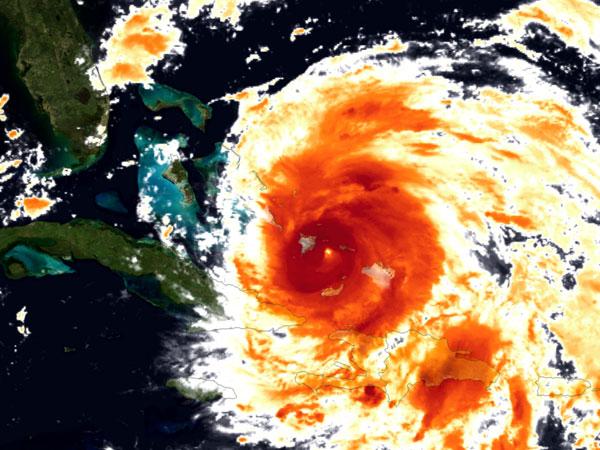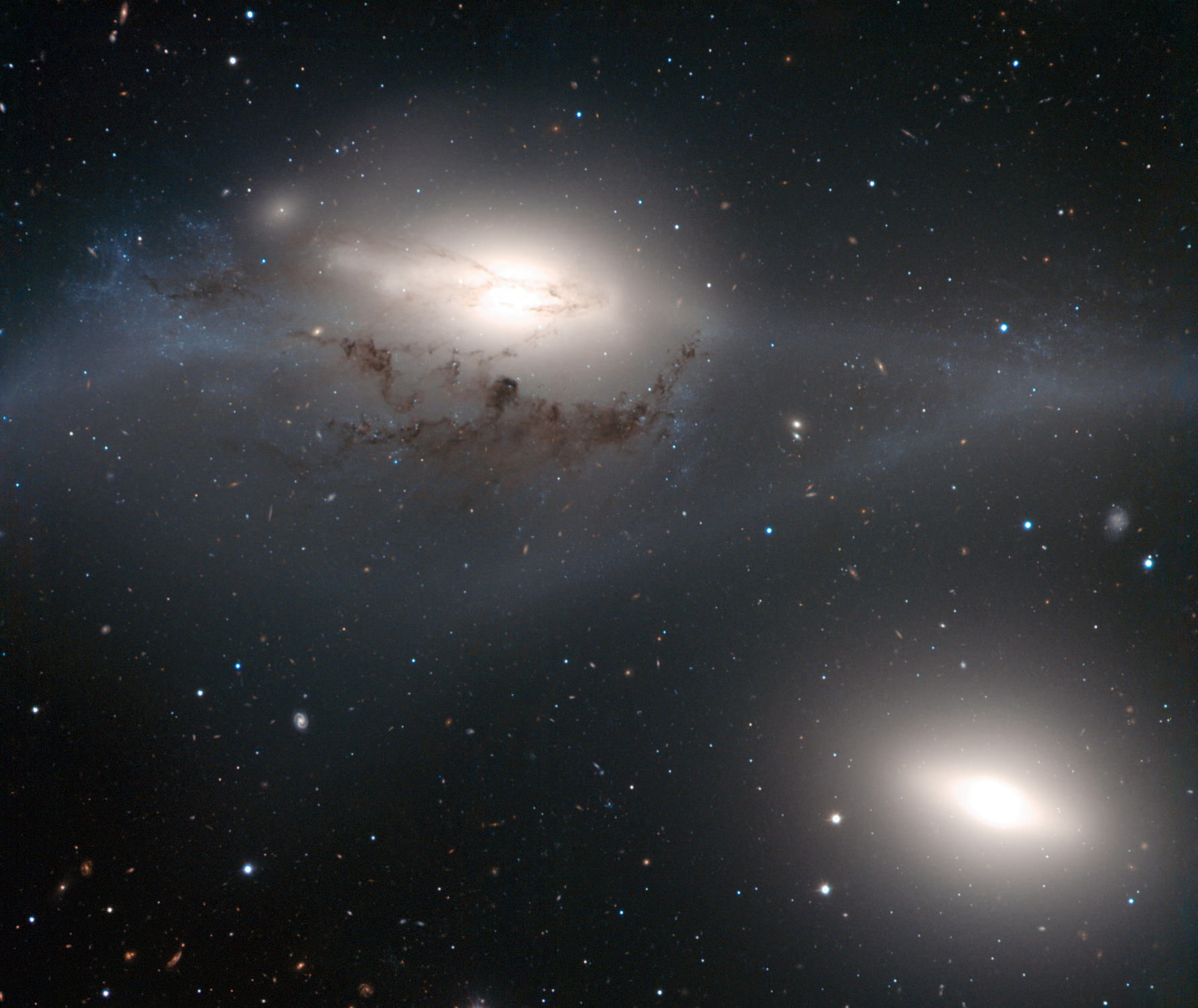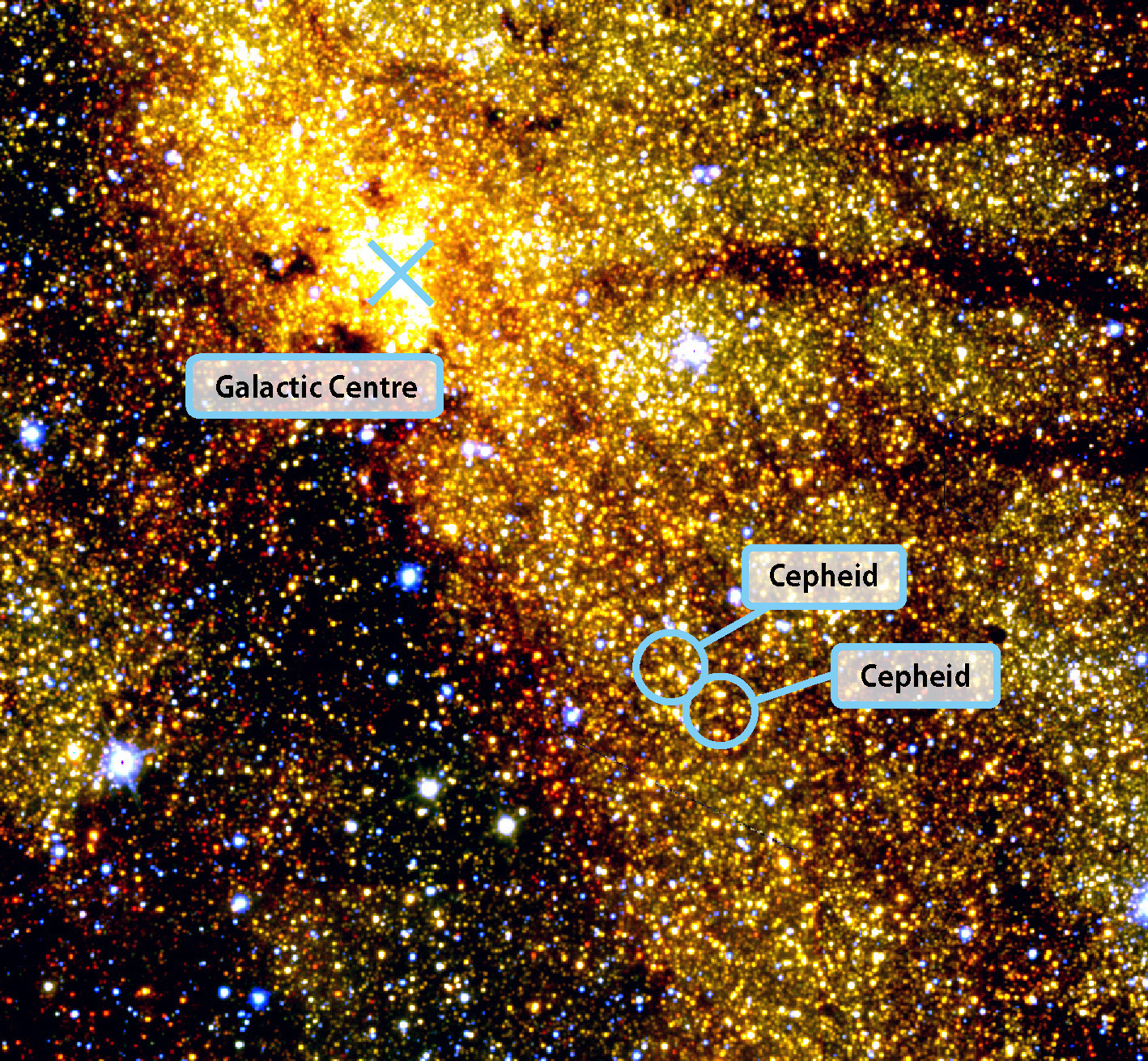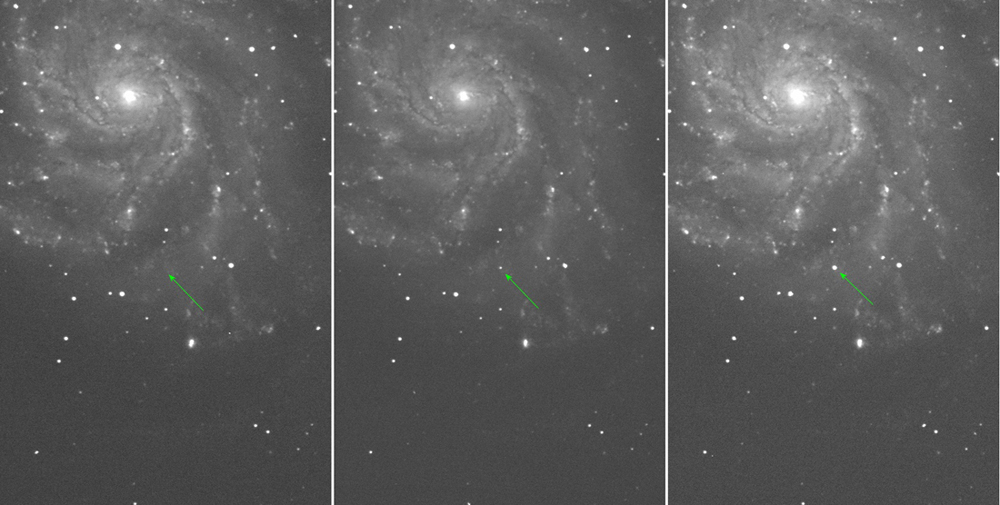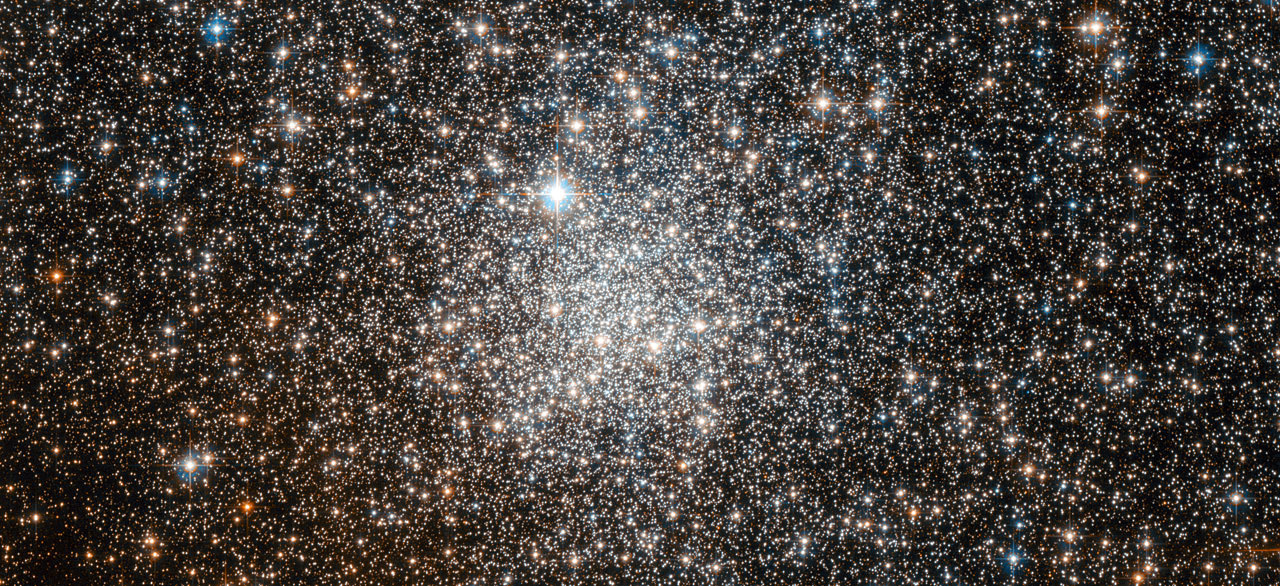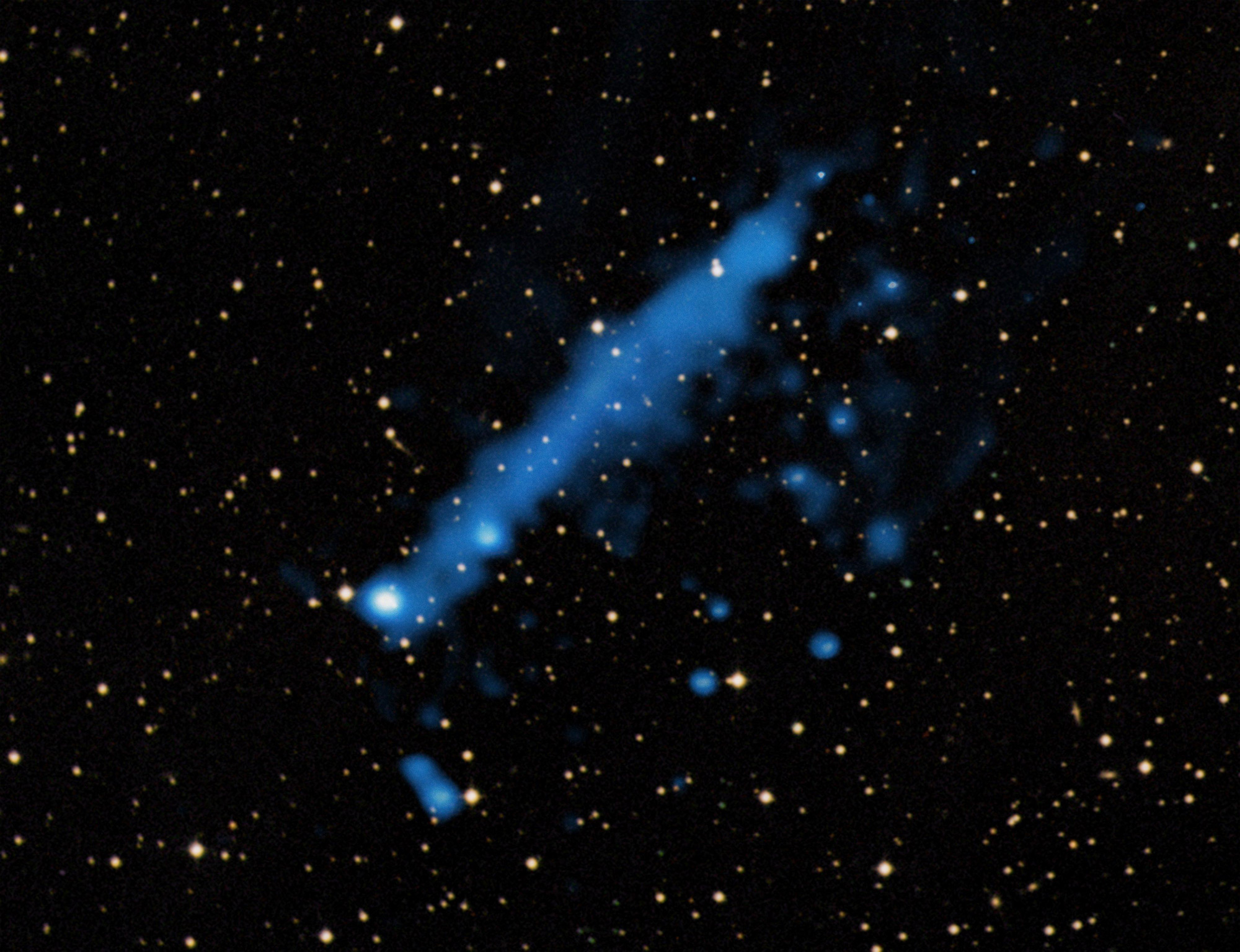Best Space Photos of the Week - Aug. 27, 2011
The Eyes of Virgo, The Swirling Eye of Irene and the Blue Tail of a Pulsar
This week we watched the eye of Hurricane Irene, found a blue-tailed pulsar and clouds so thick they glow green. Check out the most amazing space photos of the week.
Postcards From Mars: NASA Rover Snaps New Photos of Huge Crater
NASA's Opportunity rover is beaming home snapshots from the ultimate Martian Mars vista: the rim of a vast crater on the Red Planet. [Full Story]
Striking Photo Looks Into the 'Eyes' of Cosmic Virgin
ESO’s Very Large Telescope has taken a striking image of a beautiful yet peculiar pair of galaxies nicknamed The Eyes in constellation Virgo (the Virgin). [Full Story]
Eye of Hurricane Irene Spotted from Space
The eye of Hurricane Irene, at the time a major storm with 115 mph (185 kph) winds, was spotted by infrared satellite sensors as the storm swirled over the Bahamas Wednesday (Aug. 24). [Full Story]
Hurricane Irene Looks 'Terrifying' From Space, Astronaut Says
NASA astronaut Mike Fossum said that Hurricane Irene, like all hurricanes, looks "terrifying from above," and its evolution into a major storm this week has been unmistakable from his vantage point in orbit. [Full Story]
Milky Way's Baby Stars Linked to Stellar Growth Spurt
Star formation in the center of the Milky Way underwent a growth spurt approximately 25 million years ago. After a slow period, the mass of baby stars that were created more than tripled, according to a new study. [Full Story]
Closest Supernova in 25 Years Is a 'Cosmic Classic,' Astronomers Say
Astronomers have spotted the closest supernova in a generation — and in a week or so, stargazers with a good pair of binoculars might be able to see it, too. [Full Story]
Breaking space news, the latest updates on rocket launches, skywatching events and more!
Twist My Arm
Something unexplained has warped barred spiral galaxy NGC 2146 so severely that an immense arm now lies directly in front of the center of the galaxy, as seen in this Hubble Space Telescope image. To pull this structure out of its natural shape and twist it up to 45 degrees would require colossal forces. Researchers surmise that a neighboring galaxy gravitationally perturbs it and distorts the orbits of many of NGC 2146's stars. This scenario may represent the end stages of a process occurring for tens of millions of years. NCG 2146 also undergoes intense bouts of star formation, to such an extent that astronomers refer to it as a starburst galaxy.[View all images]
Clearer View
The NASA/ESA Hubble Space Telescope has used its powerful optics to separate the globular cluster NGC 6401 into its constituent stars. NGC 6401 lies within the constellation of Ophiuchus (The Serpent Bearer). The globular cluster's faintness requires a telescope and some observational experience to see it. Globular clusters contain very rich, and generally spherical, collections of stars, hence the name. They orbit the cores of galaxies, with the force of gravity also keeping the stars bound as a group. There are around 160 globular clusters associated with our Milky Way, of which NGC 6401 is one. These objects are very old, containing some of the most ancient stars known. However, there are many mysteries surrounding them, with the origin of globular clusters and their role within galaxy evolution still not completely understood. [View all images]
Blue Tailed Pulsar?
This pulsar, known as PSR J0357+3205 (or PSR J0357 for short), appears to have a long, bright X-ray tail streaming away from it. This composite image shows Chandra X-ray Observatory data in blue and Digitized Sky Survey data in yellow. The pulsar actually lies at the upper right end of the tail. The two bright sources near the lower left end of the tail are both thought to be unrelated background objects located outside our galaxy. Several unexplained characteristics of this tail suggest it is not entirely explained by the pulsar's existence. [View all images]
In the Dark Places
This infrared image from NASA’s Wide-field Infrared Survey Explorer (WISE), shows that some clouds are so cool and thick that even infrared can’t penetrate them. The clouds colored green, yellow and red are only seen in infrared. However, the black areas in this image — called infrared dark clouds (IRDCs) — are exceptionally cold, dense cloud cores seen in silhouette against the bright diffuse infrared glow of the plane of the Milky Way. The density in these clouds is high enough to lead to the formation of new stars and planets. [View all images]

Space.com is the premier source of space exploration, innovation and astronomy news, chronicling (and celebrating) humanity's ongoing expansion across the final frontier. Originally founded in 1999, Space.com is, and always has been, the passion of writers and editors who are space fans and also trained journalists. Our current news team consists of Editor-in-Chief Tariq Malik; Editor Hanneke Weitering, Senior Space Writer Mike Wall; Senior Writer Meghan Bartels; Senior Writer Chelsea Gohd, Senior Writer Tereza Pultarova and Staff Writer Alexander Cox, focusing on e-commerce. Senior Producer Steve Spaleta oversees our space videos, with Diana Whitcroft as our Social Media Editor.
